My Way - ExxonMobil's Strategy for Wink to Webster Pipeline Enhances Control of Permian Crude
RBN Energy
JULY 12, 2025
The Wink to Webster Pipeline, operated by ExxonMobil, stands out as the largest crude oil pipeline by capacity exiting the prolific Permian Basin in West Texas. In today’s RBN blog, we’ll examine Wink to Webster’s complicated ownership structure, how it connects directly to terminals run by its owners and its destination flexibility.


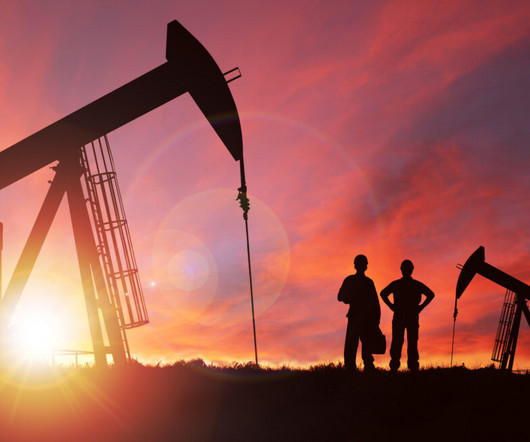
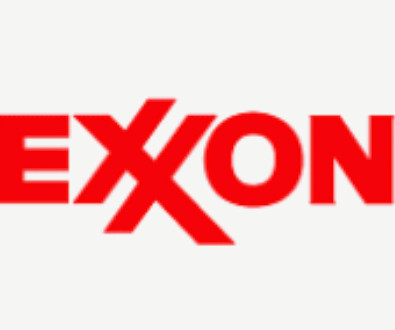

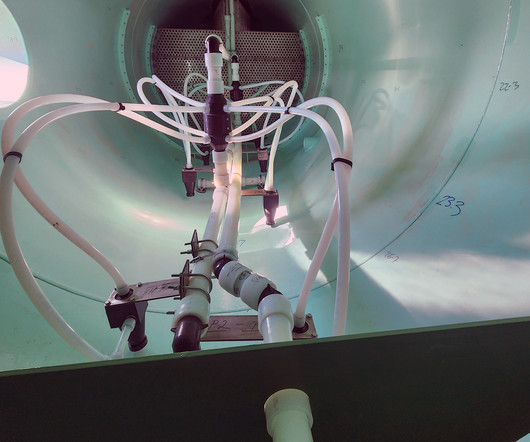

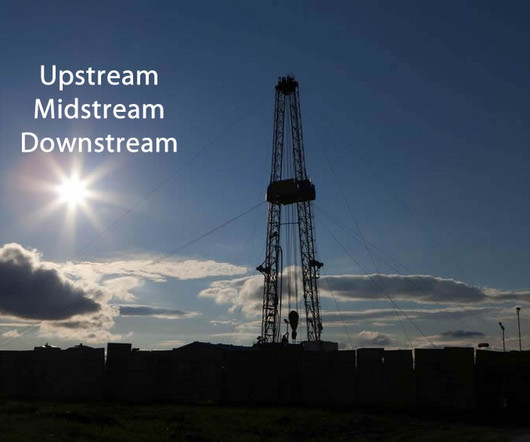
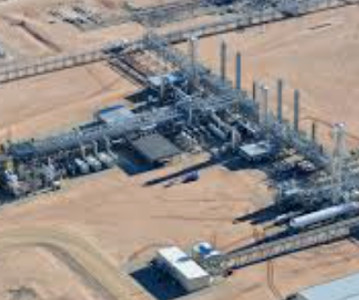
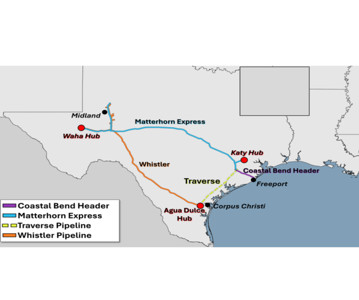







Let's personalize your content